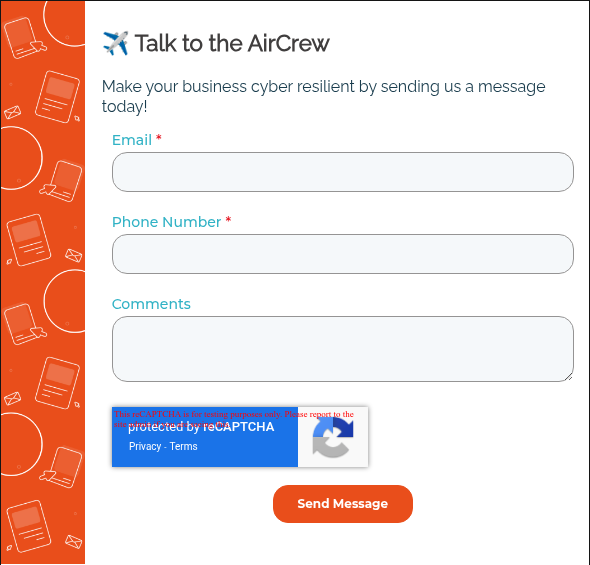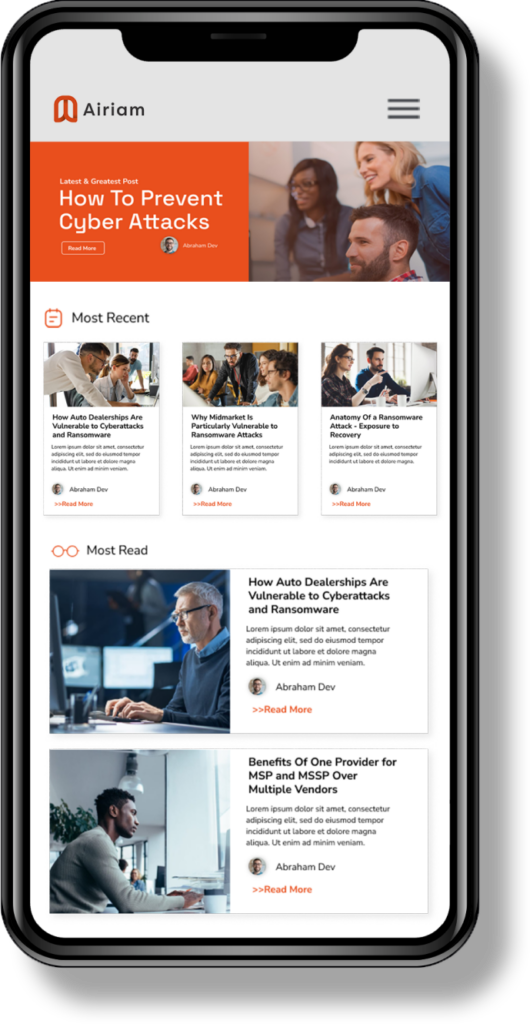It’s the holiday season, and while twinkling lights and giant inflatables are brightening the night, cybercriminals are still hiding in the shadows. The holidays are prime time for attackers to exploit IoT holiday vulnerabilities, especially in small businesses. Why? Because many SMBs deploy IoT devices for convenience and customer experience but often lack enterprise-level security measures.
What Is IoT?
The Internet of Things (IoT) refers to a network of physical devices like smart lights, thermostats, cameras, and even coffee makers, that connect to the internet to share data and automate tasks. These devices make life convenient, but they also expand the attack surface for hackers. Unlike traditional computers, many IoT devices lack robust security features, making them easy targets.
Why IoT Devices Are Vulnerable
While devices like smart lights and festive gadgets make offices more efficient and cheerful during the holidays, they also introduce IoT holiday vulnerabilities—especially when employees bring personal IoT gadgets or when temporary holiday setups are added without proper security.
IoT devices often prioritize convenience over security. Common weaknesses include:
- Default passwords that users never change.
- Outdated firmware lacking critical patches.
- Weak or absent encryption for data transmission.
These gaps make them prime targets for hackers looking to infiltrate home networks or launch botnet attacks.
Real-Life IoT Exploit: GeoVision Device
In early April 2025, threat actors were observed targeting the discontinued GeoVision IoT cameras widely used for surveillance in businesses and public spaces. The hackers targeted the vulnerabilities:
- CVE-2024-6047 – Command injection flaw allowing attackers to run arbitrary commands on the device.
- CVE-2024-11120 – Another command injection vulnerability enabling remote code execution.
Hackers exploited these flaws to install Mirai-based malware, a notorious strain that turns IoT devices into bots resulting in compromised cameras being added to botnets, which were then used for Distributed Denial of Service (DDoS) attacks against various targets and businesses facing network slowdowns, loss of video feeds, and potential entry points for deeper network compromise.
This event highlighted the dangers of using discontinued devices that would lack official patches and updates. Many businesses kept these cameras online without segmentation, exposing their entire network.
Similarly, a single compromised IoT device, like smart holiday decorations, can lead to ransomware attacks, data theft, or even operational shutdowns—costing small businesses thousands during their busiest season.
Overlooked IoT Devices in The Office During the Holidays
As previously mentioned, smart lights, thermostats, cameras, and coffee makers are common IoT devices at the offices. Other year-round ones include:
- IP Cameras & Smart Security Systems for surveillance and access control.
- Smart Printers like network-connected printers with cloud integration.
- Conference Room Equipment including smart TVs, video conferencing systems, and wireless presentation devices.
- Voice Assistants e.g., Alexa for Business, Google Assistant
- Smart Door Locks & Access Control for keyless entry systems.
As the holidays progress, staff additions often introduce new IoT holiday vulnerabilities. These devices include but are not limited to:
- Smart Holiday Lights & Decorations – Wi-Fi or Bluetooth-enabled festive lighting.
- Smart Coffee Machines & Snack Dispensers – popular during holiday gatherings.
- Gift Gadgets Brought by Employees – smart speakers, fitness trackers, or connected toys.
- Temporary Smart Displays – digital signage for holiday promotions or greetings.
- Smart Music Systems – streaming holiday playlists in common areas.
5 Tips to Keep Your Holidays Secure
Of course, this doesn’t mean you can’t have the holly jolly air at your business. Below are 5 tips to ensure your business is secure heading into the end of the year.
- Change Default Credentials Immediately: Use strong, unique passwords for every device.
- Update Firmware Before Plugging In: Check for updates from the manufacturer and apply them.
- Segment Your Network: Create a separate Wi-Fi network for IoT devices to isolate them from sensitive data.
- Disable Unnecessary Features: Turn off remote access or voice control if you don’t need them.
- Monitor for Strange Behavior: Unexpected reboots or high bandwidth usage could signal compromise.
Spread Cheer, Not Malware
Cybersecurity doesn’t have to dampen your holiday spirit. By addressing IoT holiday vulnerabilities and taking proactive steps, you can enjoy the magic of connected tech without inviting cyber Grinches into your business.
Got questions? We have answers.


